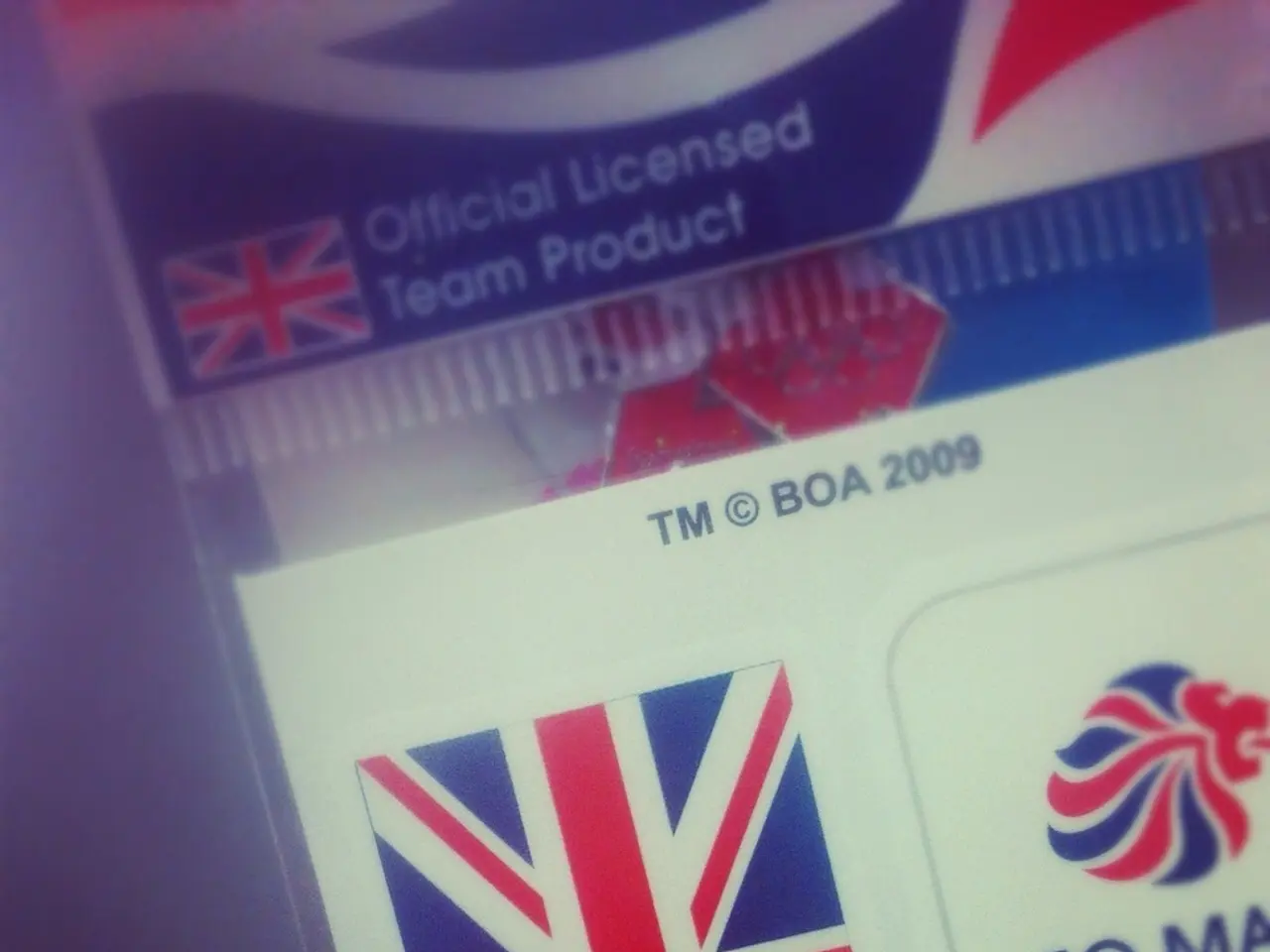Compliance with Anti-Money Laundering (AML) through Customer Identification Procedures (KYC) Onboarding
In the ever-evolving landscape of business, adhering to regulations is paramount, especially when it comes to Know Your Customer (KYC) onboarding. This process, which involves collecting and verifying certain data about customers, is a crucial step for companies in Germany and beyond, as it helps combat money laundering and other illicit activities.
The German KYC onboarding best practices revolve around a robust, risk-based digital onboarding process. This approach, known as risk-based customer due diligence (CDD), emphasises the use of electronic identification (eKYC) through digital onboarding tools that support remote identity verification, including video identification methods.
Mandatory eKYC is achieved through digital onboarding tools that comply with the EU’s AML Directive 6AMLD and upcoming AMLR harmonization efforts. Video identification requirements typically involve secure, real-time video calls where trained agents or automated AI systems verify the client's identity documents and cross-check their physical presence.
A structured onboarding workflow should incorporate several steps:
- Risk Assessment: Map the customer's risk profile based on business lines, transaction types, and geographic exposure.
- Identity Verification: Use electronic methods including video identification to verify proof of identity and beneficial ownership (UBO) data.
- Enhanced Due Diligence (EDD) for high-risk clients—e.g., politically exposed persons (PEPs), cross-border clients—with periodic reassessments at least annually.
- Screening Processes: Automated sanctions and PEP databases screening as part of onboarding; flag high-risk profiles for manual follow-up.
- Interview Steps: When video identification is used, an interactive interview verifies identity documents, cross-validates data, and assesses if the customer matches declared information or shows suspicious behavior.
- Ongoing Monitoring and Record-Keeping: Document and store KYC data and video recordings for regulatory audits with retention periods typically five years or more, depending on local law.
Organizations must also ensure strict control over outsourcing of KYC procedures to comply with GDPR and maintain data security and transparency in beneficiary ownership.
By 2027, fully harmonized EU-wide AML regulations (AMLR + eIDAS 2) will standardize digital identity verification and video identification requirements across member states, including Germany, emphasizing cost-efficiency and secure cross-border onboarding.
Automation of the verification process not only ensures compliance with these regulations but also offers numerous benefits. It reduces costs by 40%, speeds up verification to one minute, and frees up company resources, with employees spending 70% less time on compliance tasks.
Database validation provides an additional security level for user data, while a workflow builder allows companies to build custom verification flows with no code. Non-document verification allows companies to easily verify the identity and other information about their customers without documentation.
Regulated businesses, such as financial services, iGaming, Virtual Asset Service Providers (VASPs), trading, real estate agents, high-value dealers, and more, are required to apply KYC procedures during customer onboarding. However, even non-regulated businesses can benefit from implementing these practices to enhance their security measures and maintain transparency.
In conclusion, adhering to the German KYC onboarding best practices ensures a robust, secure, and efficient process for combating money laundering and other illicit activities. By embracing digital solutions, companies can streamline their onboarding processes, reduce costs, and focus on their core business operations.
[1] European Commission, AML Directive 6AMLD (2018/843) [2] European Commission, AMLD5 (2018/843) [3] Bundesbank, AML Guidelines for Banks (2020) [4] European Commission, AMLR (2020/1983) and eIDAS (2016/1146)
- The risk-based customer due diligence (CDD) approach in German KYC onboarding emphasizes the use of technology, such as electronic identification (eKYC) and video identification methods, to ensure compliance with the EU’s AML Directive 6AMLD and upcoming AMLR harmonization efforts.
- By automating the verification process, companies not only comply with regulations but also reap benefits like reduced costs by 40%, faster verification within a minute, and freeing up company resources as employees spend 70% less time on compliance tasks.
- Data-and-cloud-computing technologies, like database validation and a workflow builder, provide additional security levels for user data and allow companies to build custom verification flows with no code, offering a more efficient and secure onboarding process.




